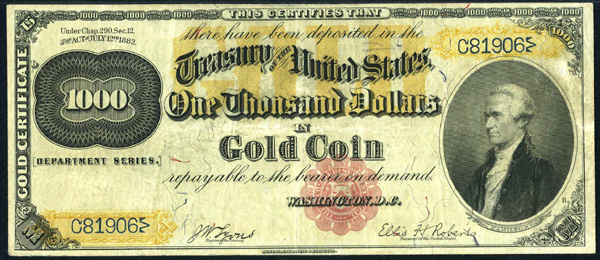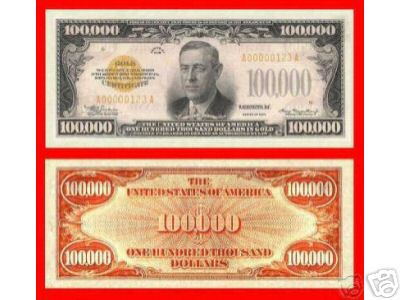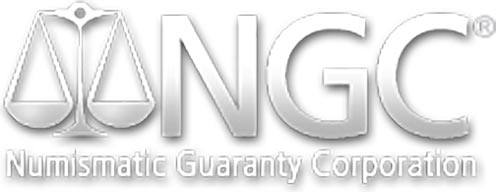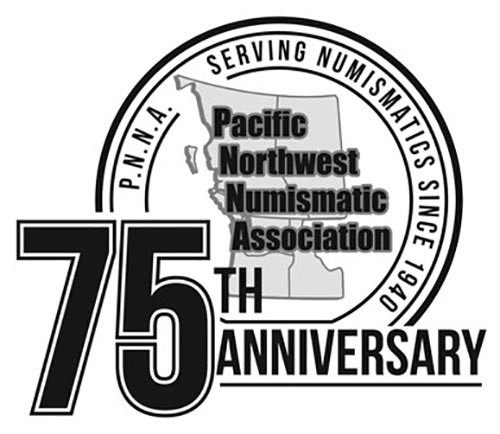
Gold certificates have a long standing in the history of the financial world. Because moving tangible gold during the transfer of ownership can be a physically tasking ordeal and the carrying of large quantities of gold coin can also be quite cumbersome, gold certificates have been used as far back as 17thcentury Europe, most notably in London and Amsterdam.
The United States began printing gold certificates in 1863, presumably in response to the massive amounts of gold discovered and subsequently deposited across the nation and during the height of the Civil War. This allowed for the certificates to be used as daily currency. Now extremely rare, any certificate printed prior to 1880 is considered to be of the highest value.
In 1882, a call for redesigning the certificate occurred and the results made for some truly beautiful pieces of American history. But because of this, some 1882 certificates are now worth more than others. For specific details regarding this matter, certificates should be properly appraised by an expert, as they may be worth more than anticipated.
At the turn of the 20th century, the United States had become more and more reliant on its new form of currency, prompting yet another issuing of redesigned certificates in varying denominations. Though we continue with the trend of larger presence, or cut, most denominations were fairly common with the exception of the 1905 $20 and $100, making these almost as rare as their 1880+ counterparts.
Amidst the chaos of the Great Depression and the Emergency Banking Act, the Gold Standard was also abandoned in efforts to stimulate the once booming U.S. economy and regain faith in the U.S. banking system. With this abandonment, gold certificates became worthless and even illegal to possess. It wasn’t until 1964 that the ban was lifted, though not redeemable for the consistently treasured gold. From 1964 to present day, gold certificates have been redeemed at face value for modern currency, with their true value only seen in the eyes of the collector and appraiser.

The 1928 releases saw denominations of $10, $20, $50, $100, $500 and on, up to $10,000. The $500 and $1,000 notes make their presence known every so often, though not as scarcely as $5,000 and $10,000, making these the “unicorns” of their kind. The last of this series of currency were the never-circulated 1934 certificates. Only released to banks and printed in $100, $1,000, $10,000, and $100,000 notes, each had a brilliant orange reverse and its own unique design.
Liberty Coin & Currency specializes in rare coins and currency. We are a family-owned business located in Portland and Vancouver. We are also gold, silver, diamond, currency and jewelry buyers. Visit us first for a free evaluation.
Like this post? Let us know on Facebook, Twitter, Instagram, or Pinterest







